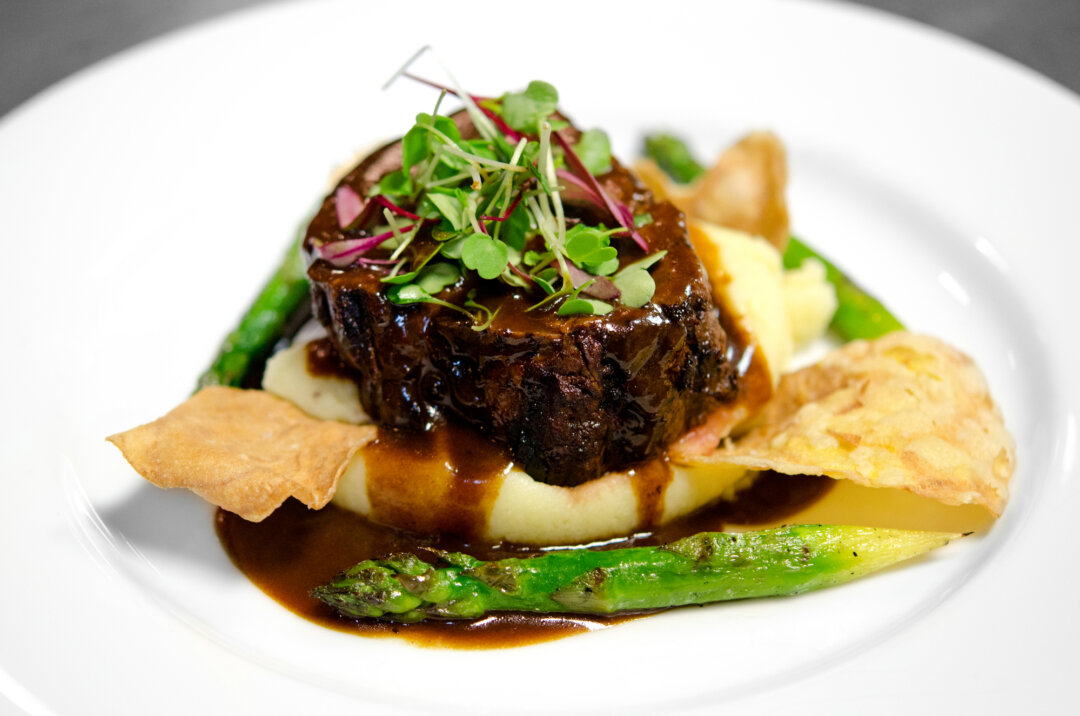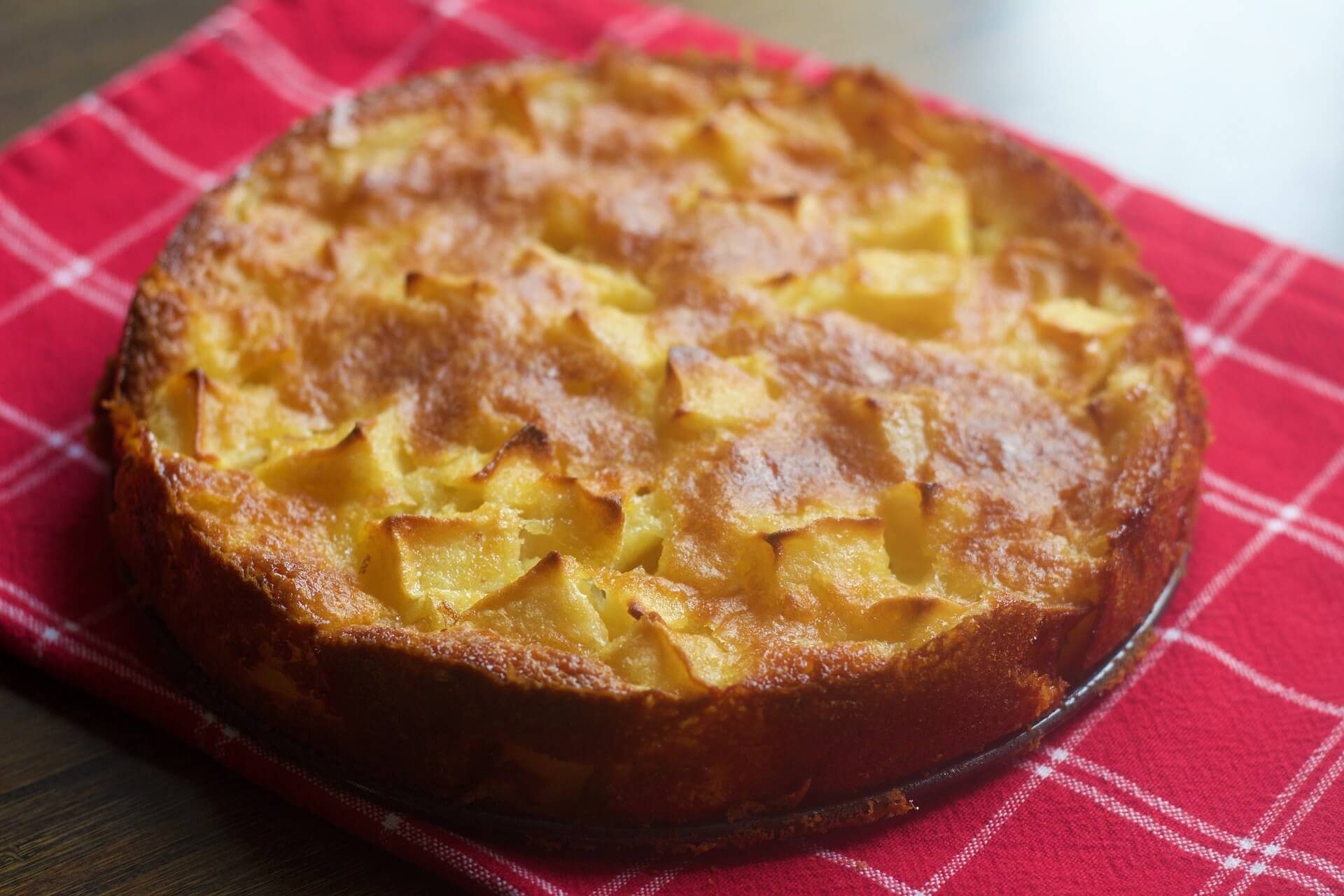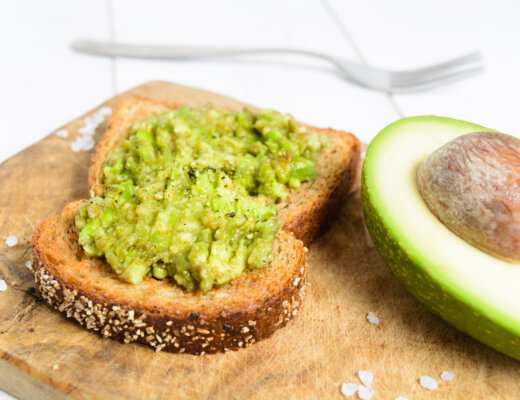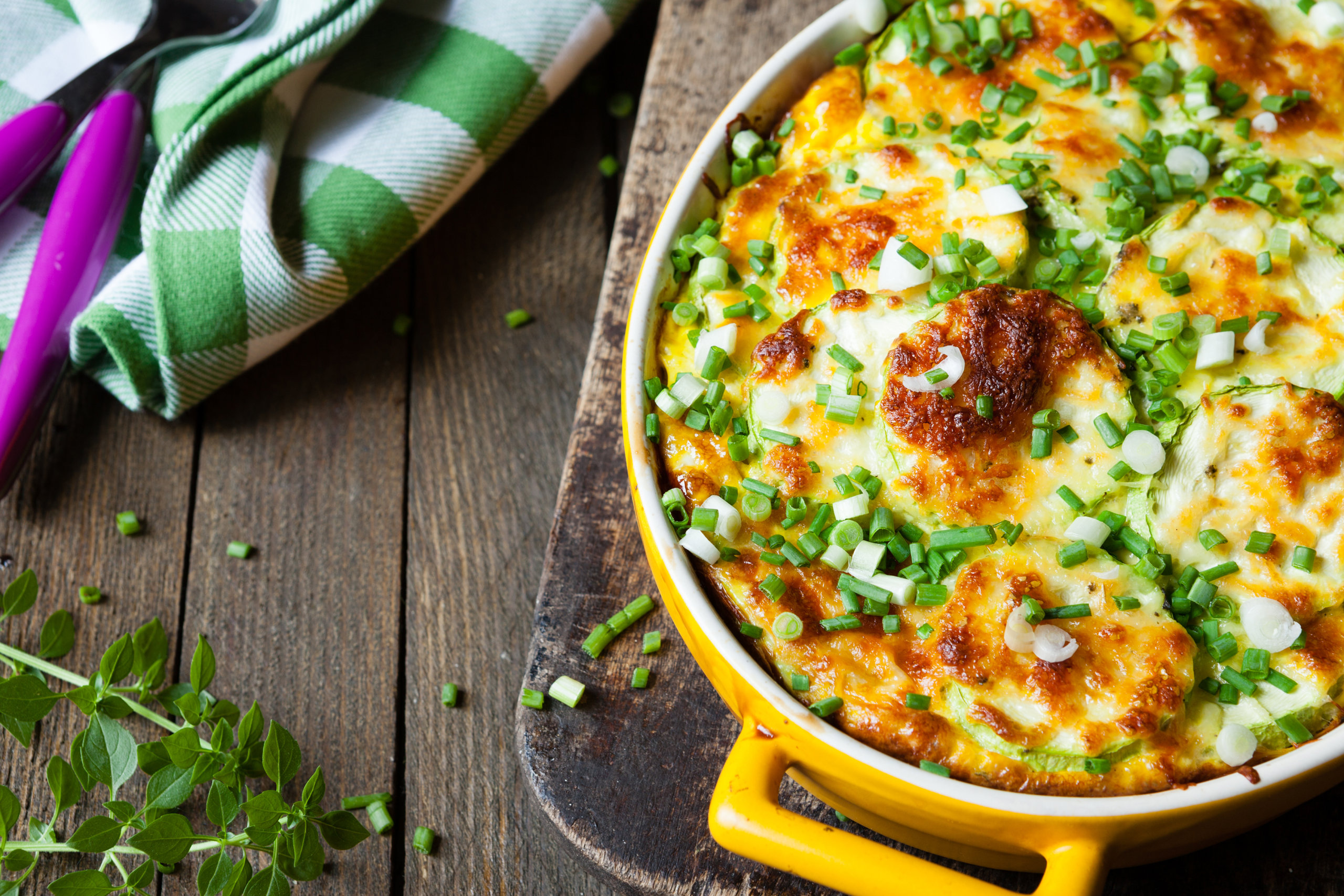Beef tenderloin, the most tender large-cut from beef and the part from which the filet mignon is taken, is a versatile cut that you can do a lot with. Ina Garten is famous for creating simple roasts with such cuts, such as her beef tenderloin in gorgonzola sauce, that are finished with a type of jus or sauce that is simple to make.
In that spirit, we’ve created a beef tenderloin recipe with one of our favorite sauces – a simple and sweet balsamic reduction.
This is an easy recipe that is really long on flavor. We’ve ramped up the flavor with extra dry mustard in the rub, as well as added a touch of extra garlic, and think this is a recipe that will really work great with the whole family!
Equipment
1 – wire rack and baking sheet set – You can use this for a ton of different things, but it’s most useful in this recipe as the place where you will want to rest the tenderloin while you’re rubbing down the coating, and also while you let it settle after cooking.
1 – medium-sized mixing bowls – This is perfect for stirring your butter mixture without getting spices and melted butter all over the place! We love the clean, clear look of the hard plastic, transparent bowls.
1 – stainless steel skillet – Something like an 8-inch mixer is perfect to thin the balsamic, or whatever type of sauce mixture you end up deciding to go with. Stainless is great for pretty much everything except eggs, and gets a really nice, dark maillard effect on meat when it’s cooked.
Chef knife – You need something light, sharp, and easy to sharpen to really work well in cutting red meat. Paudin makes a really affordable, great chef knife for under $30!
Ingredients
3 lb. beef tenderloin, trimmed
3 tablespoons unsalted butter, softened
5 teaspoons kosher salt
2 teaspoon dry mustard
3/4 teaspoon black pepper
2 cloves of garlic, minced
8 oz balsamic vinegar
Instructions
Stir butter, salt, mustard, pepper, and garlic. Let rest at room temperature.
Place beef on a wire rack in a rimmed baking sheet. Rub butter mixture all over beef, and chill, uncovered, at least 8 hours.
Let beef stand about 20 minutes at room temperature. Returning to room temperature before cooking helps the tenderloin to cook more evenly.
Preheat oven to 425°F.
Bake in preheated oven until meat thermometer inserted into the middle of the tenderloin registers 135°F, which takes 25 to 30 minutes. This is an exact medium-rare.
While cooking, heat the balsamic vinegar in a pan for 15-20 minutes on medium-high heat and let reduce until the reduction thinly coats the back of a spoon. It will change from tasting like vinegar, to tasting sweet and savory.
Cover with aluminum foil; make sure to let rest about 15 minutes before slicing
Serve with common sides – often a form of potato (baked, mashed, au gratin, etc…) and salad
Mistakes to Avoid When Making Beef Tenderloin
Beef tenderloin is one of the most prized cuts of beef, and it’s no surprise why. It’s tender, flavorful, and can be cooked in a variety of ways, from roasting to grilling. However, cooking beef tenderloin can be tricky, and there are some common mistakes that people make that can ruin this delicious cut of meat. In this article, we’ll discuss some of the most common mistakes to avoid when making beef tenderloin.
Mistake #1: Not Buying High-Quality Meat
The first mistake people make when cooking beef tenderloin is not buying high-quality meat. Beef tenderloin is an expensive cut of meat, so it can be tempting to go for a cheaper option. However, if you want a tender and flavorful beef tenderloin, you need to invest in high-quality meat.
Look for beef tenderloin that is bright red in color, with a fine marbling of fat throughout the meat. The fat is what gives beef tenderloin its flavor and tenderness, so make sure you choose a cut with plenty of it. If you can, buy beef tenderloin from a reputable butcher who can guide you on the best cuts of meat available.
Mistake #2: Not Allowing the Meat to Come to Room Temperature
Another mistake people make when cooking beef tenderloin is not allowing the meat to come to room temperature before cooking. This is a crucial step that many people overlook, but it can make a big difference in the final result.
When you take beef tenderloin out of the refrigerator, it’s cold, which means that it will take longer to cook and will cook unevenly. By allowing the meat to come to room temperature before cooking, you ensure that it cooks evenly and results in a tender and juicy beef tenderloin.
To allow the meat to come to room temperature, take it out of the refrigerator and let it sit on the counter for about 30 minutes to an hour, depending on the size of the cut.
Mistake #3: Overcooking the Meat
One of the most common mistakes people make when cooking beef tenderloin is overcooking it. Beef tenderloin is a lean cut of meat, which means it can dry out quickly if it’s overcooked.
The ideal temperature for beef tenderloin is medium-rare, which is about 135-140°F (57-60°C) in the center of the meat. If you cook the beef tenderloin beyond medium-rare, it will become tough and dry.
To ensure that you don’t overcook the beef tenderloin, use a meat thermometer to check the internal temperature of the meat. Insert the thermometer into the thickest part of the meat, making sure not to touch bone or fat. Once the internal temperature reaches 135-140°F (57-60°C), remove the beef tenderloin from the oven or grill and let it rest for 5-10 minutes before slicing.
Mistake #4: Not Letting the Meat Rest
Another common mistake people make when cooking beef tenderloin is not letting the meat rest after cooking. When you cook beef tenderloin, the juices in the meat move towards the center, which means that if you slice the meat immediately after cooking, the juices will escape, and the meat will become dry.
To prevent this, let the beef tenderloin rest for 5-10 minutes after cooking. This allows the juices to redistribute throughout the meat, resulting in a juicy and tender beef tenderloin.
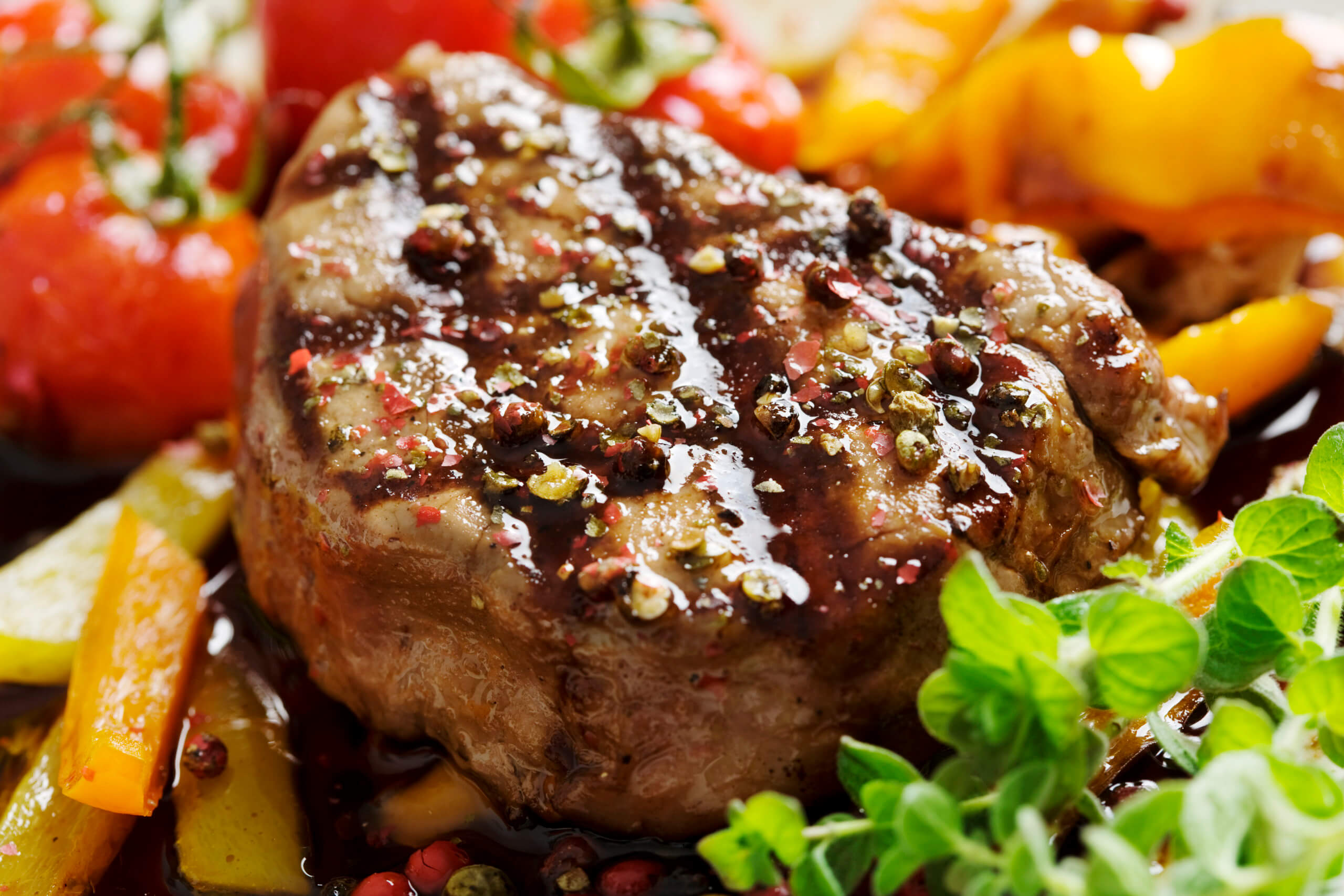
INA GARTEN BEEF TENDERLOIN
Equipment
- 1 – wire rack and baking sheet set – You can use this for a ton of different things, but it’s most useful in this recipe as the place where you will want to rest the tenderloin while you’re rubbing down the coating, and also while you let it settle after cooking.
- 1 – medium-sized mixing bowls – This is perfect for stirring your butter mixture without getting spices and melted butter all over the place! We love the clean, clear look of the hard plastic, transparent bowls.
- 1 – stainless steel skillet – Something like an 8-inch mixer is perfect to thin the balsamic, or whatever type of sauce mixture you end up deciding to go with. Stainless is great for pretty much everything except eggs, and gets a really nice, dark maillard effect on meat when it’s cooked.
- Chef knife – You need something light, sharp, and easy to sharpen to really work well in cutting red meat. Paudin makes a really affordable, great chef knife for under $30!
Ingredients
- 3 lb. beef tenderloin trimmed
- 3 tablespoons unsalted butter softened
- 5 teaspoons kosher salt
- 2 teaspoon dry mustard
- 3/4 teaspoon black pepper
- 2 cloves of garlic minced
- 8 oz balsamic vinegar
Instructions
- Stir butter, salt, mustard, pepper, and garlic.
- Place beef on a wire rack in a rimmed baking sheet. Rub butter mixture all over beef, and chill, uncovered, at least 8 hours.
- Let beef stand about 20 minutes at room temperature. Returning to room temperature before cooking helps the tenderloin to cook more evenly.
- Preheat oven to 425°F.
- Bake in preheated oven until meat thermometer inserted into the middle of the tenderloin registers 135°F, which takes 25 to 30 minutes. This is an exact medium-rare.
- While cooking, heat the balsamic vinegar in a pan for 15-20 minutes on medium-high heat and let reduce until the reduction thinly coats the back of a spoon. It will change from tasting like vinegar, to tasting sweet and savory.
- Cover with aluminum foil; make sure to let rest about 15 minutes before slicing
- Serve with common sides – often a form of potato (baked, mashed, au gratin, etc…) and salad

